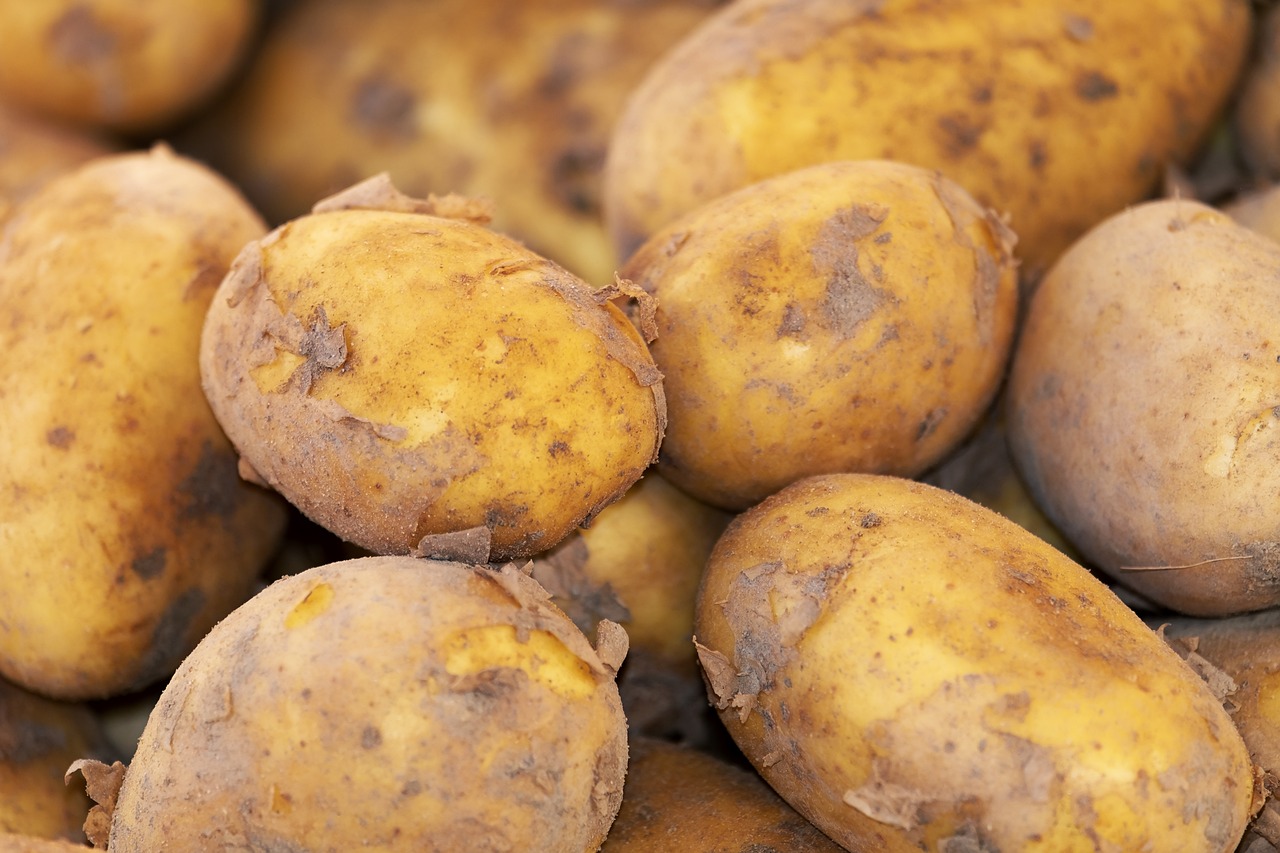The Future of Cellular Agriculture: Cultivated Meat and Milk
Cellular agriculture is revolutionizing the way we produce food by offering a sustainable solution to the challenges faced by the traditional agricultural industry. By leveraging cutting-edge biotechnologies, this innovative approach allows for the cultivation of meat, milk, and other animal products directly from cells, without the need for raising and slaughtering animals. As a result, cellular agriculture has the potential to significantly reduce the environmental footprint of food production, addressing issues such as greenhouse gas emissions, land use, and water consumption.
Furthermore, cellular agriculture offers a promising solution to the ethical concerns associated with industrial livestock farming. By eliminating the need to raise animals for food production, this technology paves the way for a more humane and compassionate approach to meeting the global demand for animal-based products. Additionally, the controlled environment in which cultivated meat and milk are produced minimizes the risk of foodborne illnesses and contamination, ensuring a safer and more sustainable food supply for consumers.
The Science Behind Cultivated Meat and Milk
The process of cultivating meat and milk through cellular agriculture involves harnessing the power of biotechnology to grow animal cells in a controlled environment. To create cultivated meat, scientists extract cells from an animal and then culture them in a nutrient-rich medium to encourage their growth. These cells can differentiate into muscle tissue, fat cells, and other components that mimic the composition of conventional meat.
Similarly, in the case of cultivated milk, mammary gland cells from animals are isolated and cultivated to produce proteins and fats that are essential for milk production. By replicating the natural process of milk synthesis within a bioreactor, scientists can generate a sustainable alternative to traditional dairy products. The science behind cultivated meat and milk continues to evolve rapidly, with ongoing research aimed at optimizing production methods and improving the nutritional profile of these lab-grown foods.
Benefits of Cellular Agriculture for the Environment
Cellular agriculture offers a promising solution for environmental sustainability within the food industry. By producing meat and dairy products directly from cells, this innovative approach significantly reduces the environmental footprint associated with traditional animal agriculture. This method requires less land, water, and energy, minimizing the negative impact on the planet’s resources while still meeting the growing global demand for animal products.
Furthermore, cellular agriculture helps decrease greenhouse gas emissions and alleviates the pressure on ecosystems and wildlife habitats. With traditional farming practices often leading to deforestation and biodiversity loss, the shift towards cultivating meat and milk in labs offers a more sustainable alternative that supports conservation efforts. By promoting a more efficient use of resources and minimizing the environmental harm typically associated with animal agriculture, cellular agriculture emerges as a viable and eco-friendly solution for the food industry.
• Cellular agriculture reduces the need for vast amounts of land typically used for animal farming
• This method consumes significantly less water compared to traditional agriculture practices
• Energy requirements for producing meat and dairy through cellular agriculture are lower, reducing overall carbon footprint
• Decreased greenhouse gas emissions contribute to combating climate change
• Conservation efforts benefit from reduced pressure on ecosystems and wildlife habitats
What is cellular agriculture?
Cellular agriculture is the process of producing animal products, such as meat and milk, from cell cultures rather than raising and slaughtering animals.
How does cellular agriculture benefit the environment?
Cellular agriculture has several environmental benefits, including reducing greenhouse gas emissions, conserving water and land resources, and minimizing pollution from livestock farming.
How is cultivated meat and milk produced?
Cultivated meat and milk are produced by isolating animal cells and growing them in a controlled environment using nutrients, growth factors, and scaffolding materials.
What are some of the challenges facing cellular agriculture?
Some challenges facing cellular agriculture include scaling up production, reducing production costs, and gaining consumer acceptance of cultured animal products.
Will cellular agriculture replace traditional animal agriculture?
While cellular agriculture has the potential to complement traditional animal agriculture, it is unlikely to completely replace it due to various factors such as cost, scalability, and consumer preferences.







